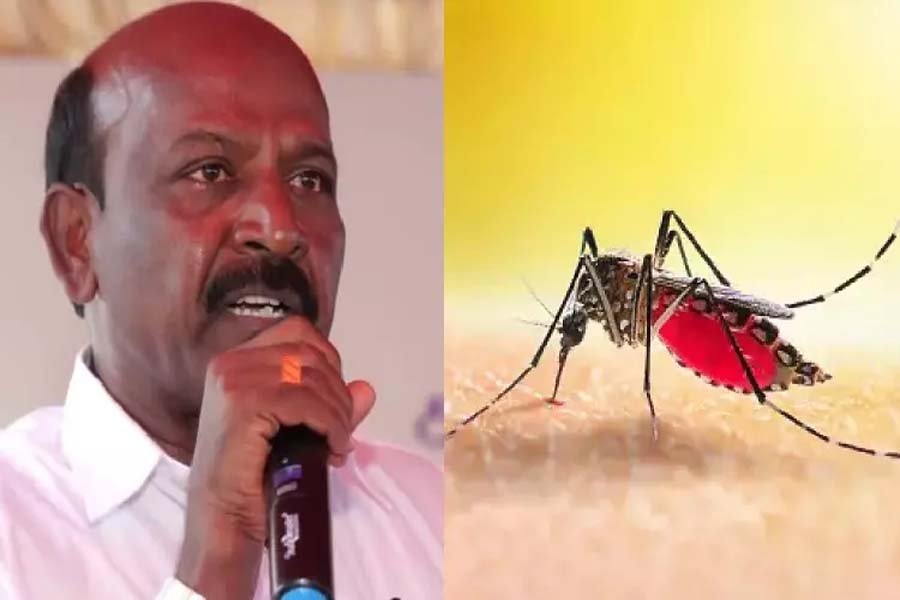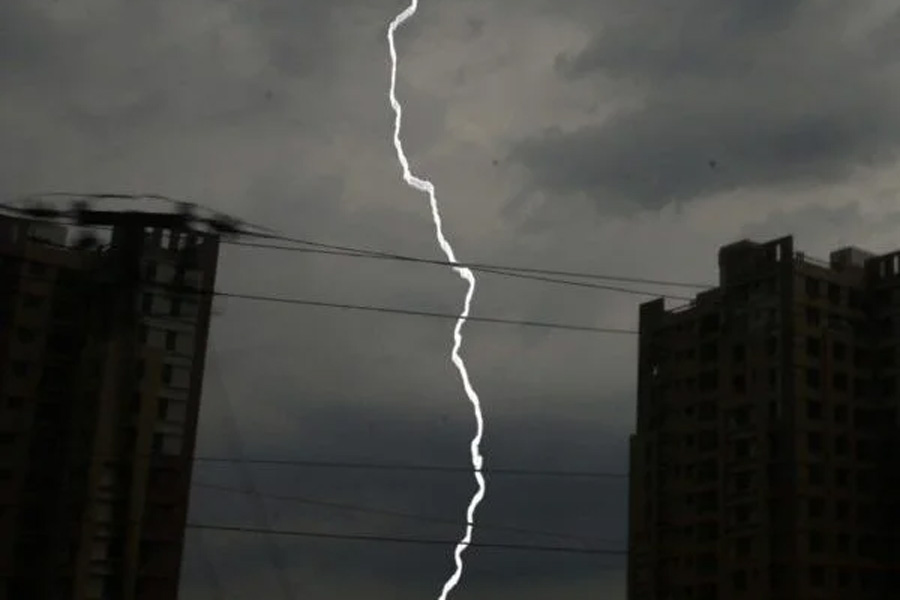Farmers in Kerala migrate to plain areas due to terror of wild animals

Kochi: 40-year-old Shelju Subramanian, whose grandfather migrated from Adimali to Kanthallur, considered the vegetable granary of Kerala, about 40 years ago, has moved from the high hills of Idukki to the plains of Muvattupuzha in Ernakulam.
The reason: wild elephants have been destroying his fields for the past few years.
“I have 2.5 acres of land there (Kanthallur), but I had cultivated more land on lease and 20-25 acres. I have now decided to quit farming in Kanthallur as the animals have started entering human settlements and destroying our crops. It seems everyone is leaving from here,” says Shelju, who has twice received the ‘Best Farmer’ award from the state government.
He has purchased about an acre of land near Muvattupuzha, where he has cut down rubber trees to grow crops suited to the region.
Another farmer, Sebastian, 57, says a major problem in Kanthallur is the unchecked growth of Eucalyptus grandis trees on land purchased by outsiders who do not live here. “They come here once every three or five years to cut and sell the trees. These trees near human settlements are where the elephants take shelter during the day and enter the fields at night,” says Sebastian. He adds that wild elephants recently destroyed his sabarjili (pear) fields and motorcycle. Sebastian, who owns about 67 cents in Kanthallur, says, “I have now stopped farming and am moving to a nearby resort to earn my livelihood.” Father Stanley Pulaprayil, pastor of St Mary’s Forane Church at Karimannoor near Thodupuzha, says 20-25 new families have come to his church in the past five years, all of whom have vacated their properties on the hills due to wild animal attacks. “The high hills are slowly getting empty. People are leaving, but without selling their property. They go there occasionally to look after the property,” says Father Stanley. People in the Malabar region are also being forced to abandon their farms in the hills because of wild animal attacks and the government’s apathetic attitude to deal with the issue, says Alex Ozhukayil, president of the Kerala Independent Farmers Association (KIFA). “People from Koorachundu and Chakkitpara in Kozhikode and Kottiyoor in Kannur are thinking of abandoning farming because wild animals like elephants, wild boars and monkeys are destroying their crops,” says Alex. So, in a slow but evident reverse migration trend in Kerala, families are returning to the plains more than 100 years after their ancestors from Central Travancore migrated to the hills of Idukki and Malabar by clearing forests and tilling the soil and growing a variety of crops ranging from paddy to tapioca, coconut to rubber, and pepper to cardamom. The first wave of internal migration began in 1829, when Travancore rulers encouraged farmers to settle in the high hills of Idukki and cultivate cardamom, but it accelerated during World War II (1939-1945), with food shortages acting as a catalyst.
This led the Travancore king to announce the ‘Grow More Food Scheme’ to encourage migration. It is estimated that more than 1 lakh people migrated to Malabar between 1945 and 1960, as their settlement helped build roads, schools and hospitals in the high hills.
If the government remains aloof, this trend may increase, says M M Abbas, who has been practicing organic farming on a 1-acre plot in Kanthallur for the past 20 years.
“I will be forced to stop farming in Kanthallur because of the threat from wild animals. The government’s focus is on tourism, and what we are seeing are its ill effects. More and more resorts and homestays are coming up in a fragile area of Kanthallur. Resort staff and tourists place food items near the premises to attract elephants and sambar deer. Given the depletion of food sources inside the forest, the smell of bananas grown by farmers also attracts wild elephants from a distance of more than 4 km,” Abbas explains. In recent times, two people died in a road accident in Kerala when a wild boar jumped on their vehicles. Two elephants died due to electrocution near Kanthallur in the last one week. Citing an example, Abbas said a farmer used to earn around Rs 5 lakh from five acres. “In the last two years, he has not got anything. In fact, he has lost Rs 10 lakh,” he said. Consider this: Two years ago, around 100 trucks of vegetables were brought from Kanthallur during Onam. These included cabbage, beans and carrots. Last year, we did not even have 30 loads. This year it was less than 10,” Abbas said.
Kanthallur and Vattavada can meet 50 per cent of Kerala’s winter vegetable and fruit needs, such as cabbage, carrots, tomatoes and other similar vegetables. Vattavada in Idukki is considered the fruit bowl of Kerala, where a variety of fruits such as apples, oranges, strawberries, guavas, pears, blackberries, plums and passion fruit are grown.
The big question is whether the government will show its commitment to farmers and ensure their safety from frequent attacks by wild animals
















